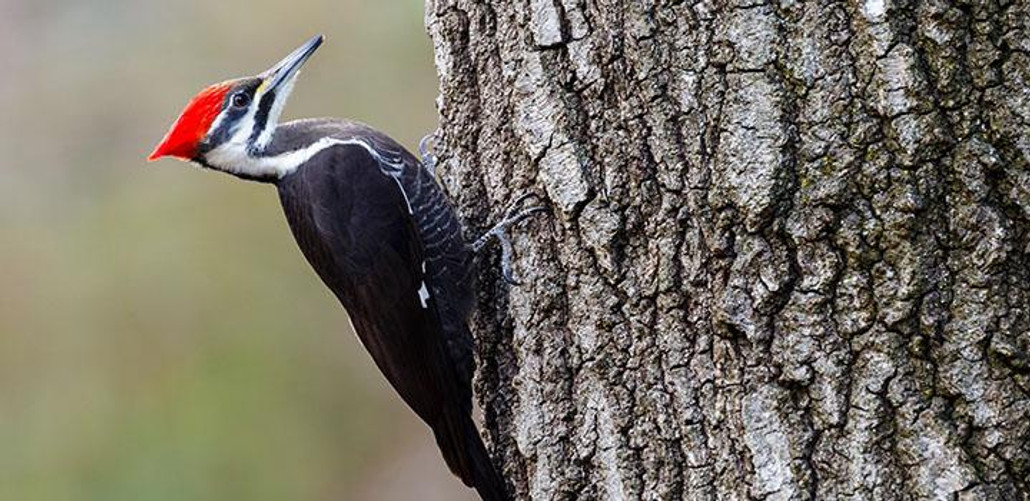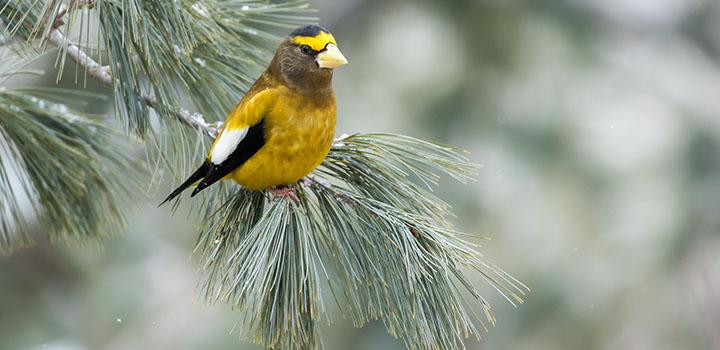Posted by Grange Co-op on 28th Feb 2016
Male: Upperparts iridescent blue; underparts bright white; dark on head encloses eye. In late summer and fall, iridescent upperparts may appear greenish. They have a small bill and folded pointed wings which do not project beyond a short, forked tail.”
Female: Similar to male, only duller.
Immature: Gray brown with a white belly and grayish breast band.NESTING:
Loosely colonial, Tree Swallows nest in a natural cavity, old woodpecker hole… Read more
Posted by Grange Co-op on 2nd Feb 2016
I know, it’s the middle of winter…but spring nesting season begins at the end of February and/or beginning of March for many species. Tree swallows returned to my house on March 12th last year. I always recommend having your nesting boxes up, cleaned out, and repaired if necessary by the end of February for those early scouts. Do you need a new nesting box this year? Our
Wild Bird Country departments have a nice selection of birdhouses from… Read more
Posted by Grange Co-op on 1st Aug 2015
Woodpeckers can be annoying with their hammering and drumming on houses. They can also damage structures and trees by drilling holes in wood siding and eaves, tree trunks and limbs. Most such damage is done by flickers, but sapsuckers, acorn and downy woodpeckers can also cause problems on occasion.
All woodpeckers are migratory non-game birds protected by the Federal Migratory Bird Treaty Act. A property owner needs a federal permit to use… Read more
Posted by Grange Co-op on 3rd Mar 2015
Male: A stocky, bright yellow and black bird; has a yellow body, darker head with a bright yellow eyebrow; black and white wings. The conical bill is yellow in winter and pale green during summer.
Female: Similar to male, with softer colors, gray head and throat.
Immature: Same as female, but with a brown bill.Nesting:
Female builds a cup nest of lichens, twigs, roots and mosses lined with finer materials, place at the end of a tree bran… Read more




